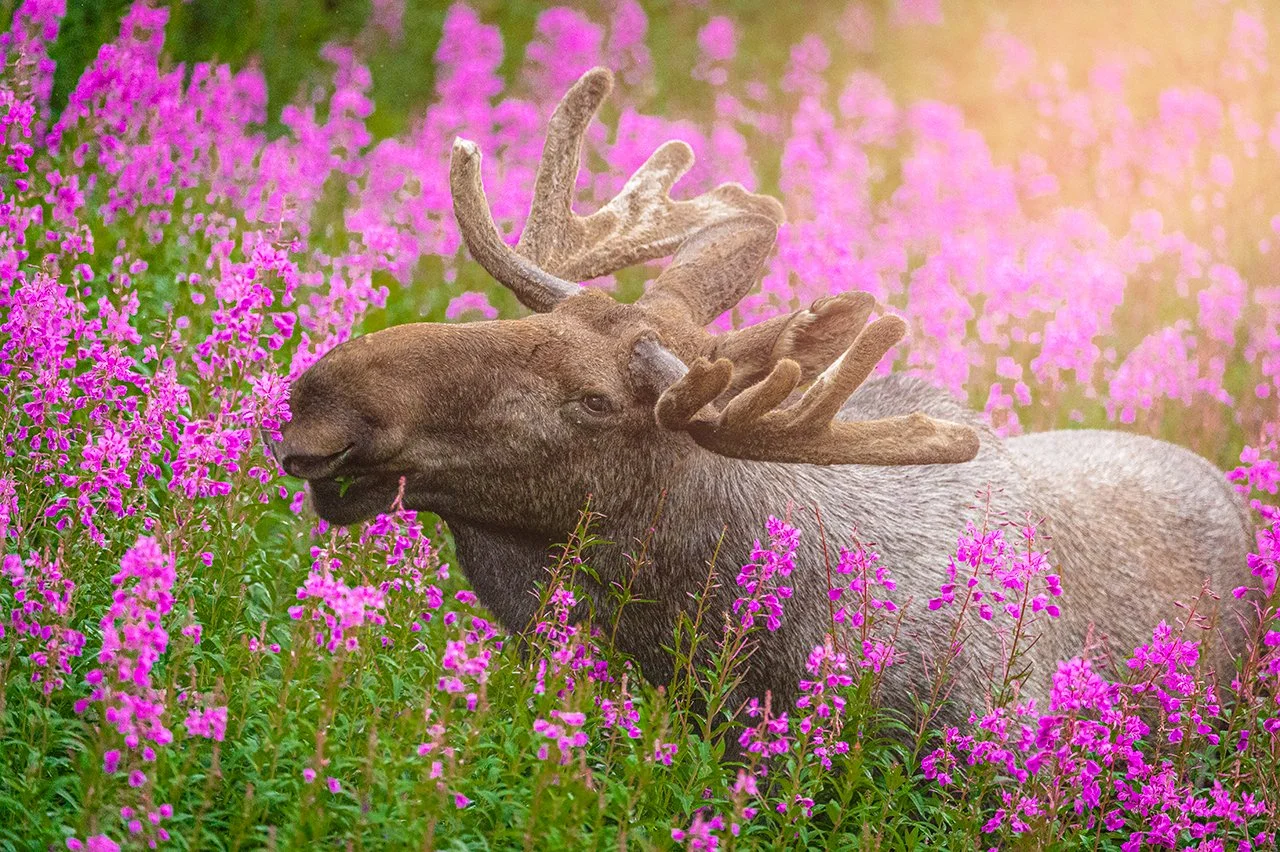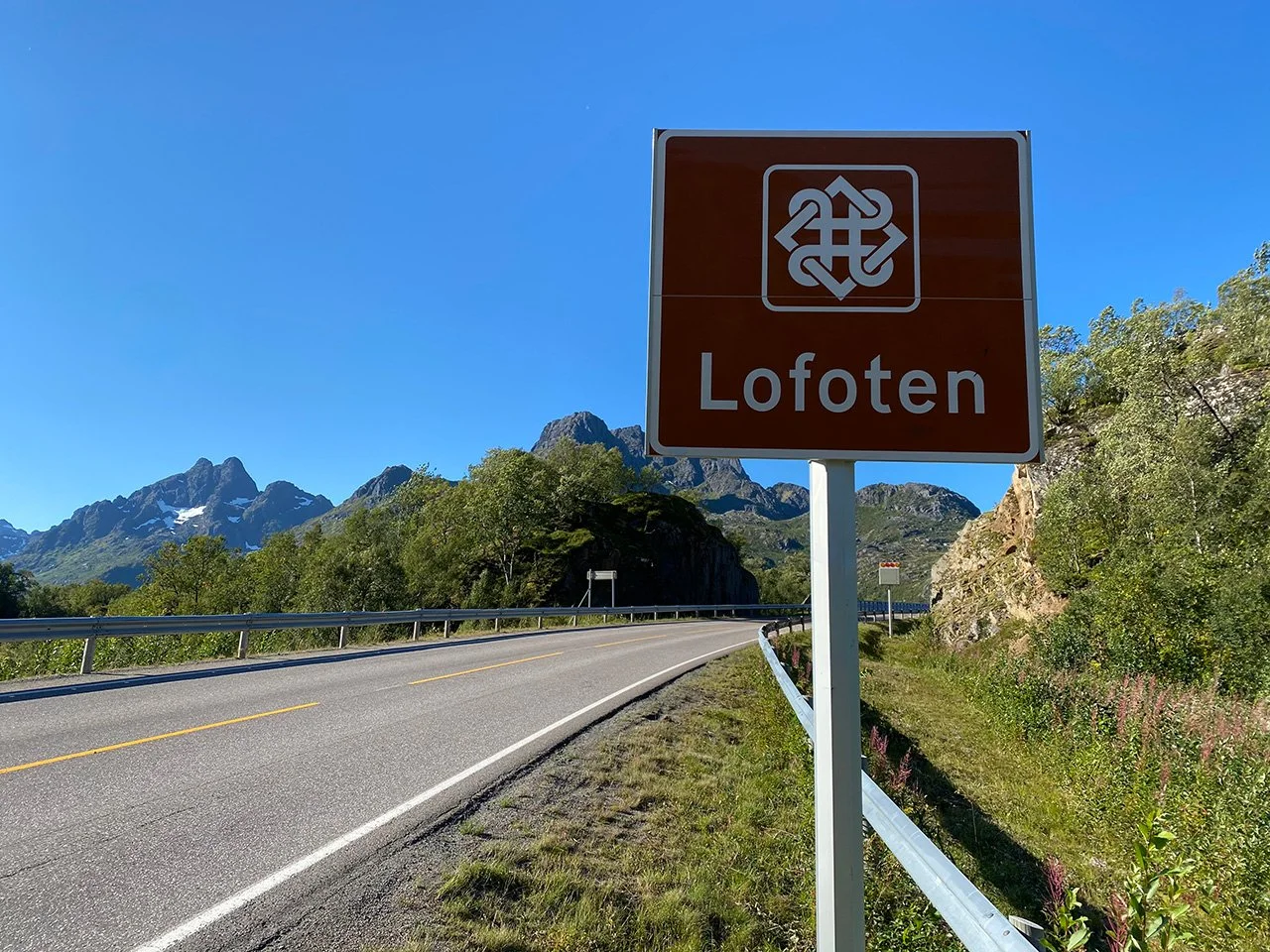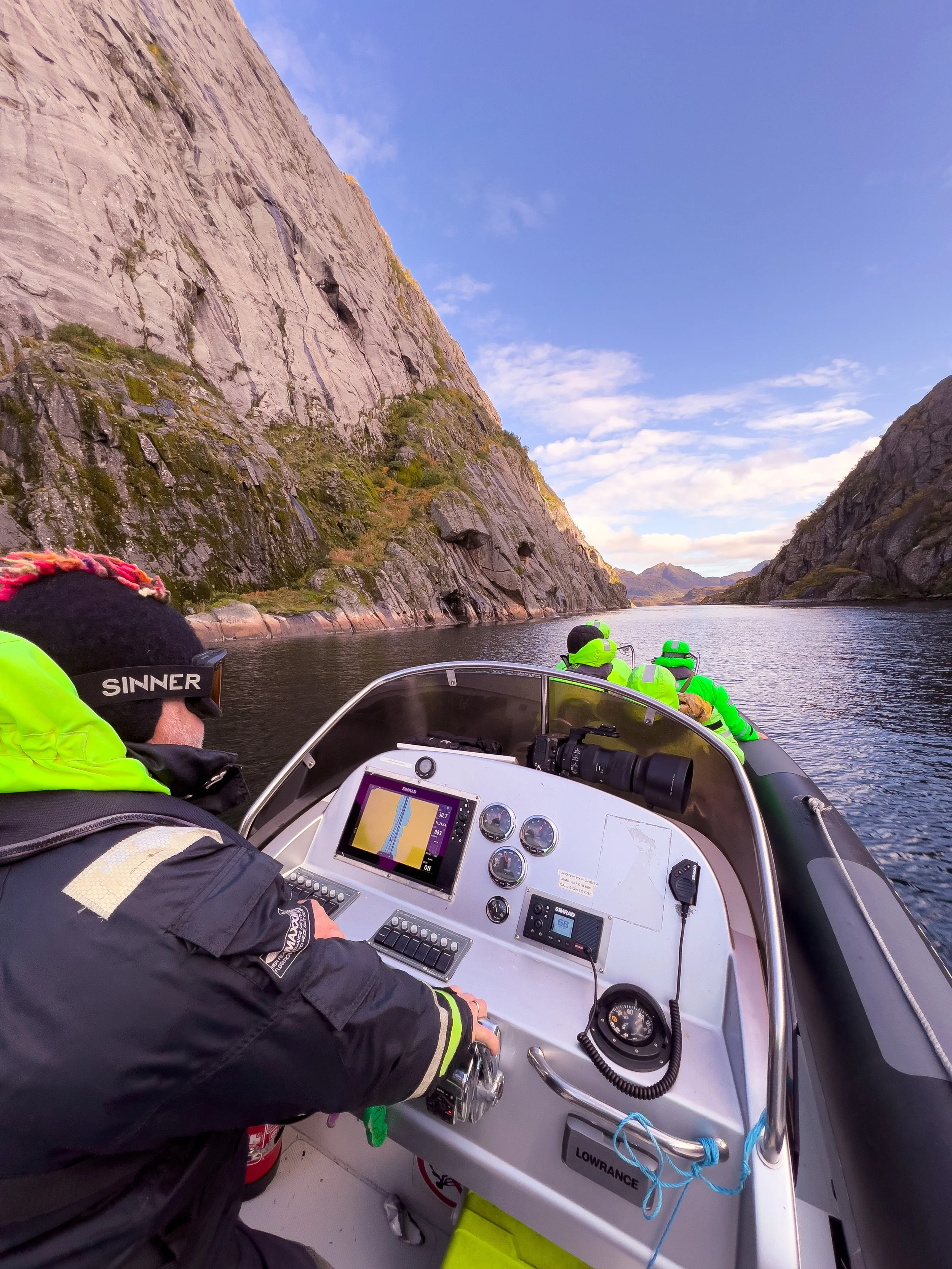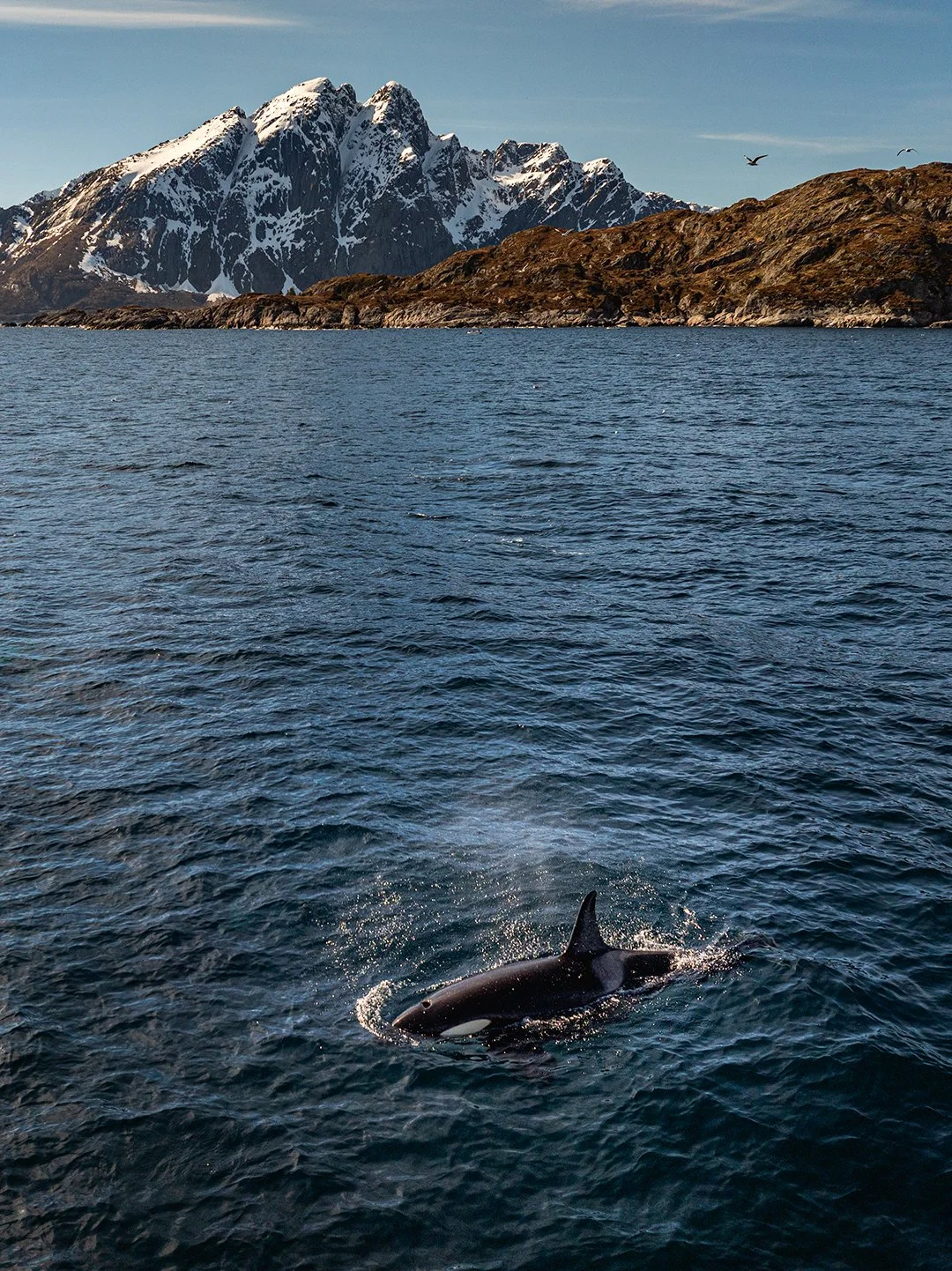The scenic drive from Evenes Airport to Svolvær
A journey through Lofotens wonders
If you’re planning a trip to the Lofoten Islands, your adventure often begins at Evenes/Harstad/Narvik Airport. From there, a mesmerising drive to Svolvær awaits, filled with breathtaking landscapes, charming villages, and fascinating history. This journey, approximately 2.5 hours long, offers more than just transportation; it's a prelude to the magical experiences that Lofoten promises. Buckle up and let’s explore some of the highlights along the way!
1. Evenes (Harstad/Narvik Airport)
Your journey begins at Evenes, officially known as Harstad/Narvik Airport. This airport is nestled between two municipalities: Harstad and Narvik. As you exit the airport, you’ll be greeted by lush forests and the serene Ofotfjorden. Fun fact: Evenes played a strategic role during World War II, serving as a base for German forces.
2. Bjerkvik
If you didn’t make the most of the Circle K just outside the airport for snacks and drinks, Bjerkvik is a place to stop. This is the last decent stop for fuel and snacks before you reach Svolvær. It’s not uncommon to see reindeer around Bjerkvik and along the route to the bridge at Raftsundet, as well as moose, the king of the forest.
Note: Circle K is 24 hours, the garage in Bjerkvik is not.
3. The Village of Bogen
As you head west on the E10, you will pass through the quaint village of Bogen in Evenes municipality. This village is a great introduction to the region's tranquil lifestyle. Bogen is surrounded by dramatic mountains and the clear waters of Ofotfjorden. History buffs might be interested to know that Bogen was also significant during WWII, housing a German naval base.
4. Tjeldsund Bridge
Continuing your drive, you'll cross the Tjeldsund Bridge, a vital link connecting the mainland to the island of Hinnøya, the largest island in Norway. This impressive suspension bridge spans 1,007 meters and offers stunning views of the Tjeldsundet strait. Pause for a moment to appreciate the engineering marvel and the picturesque scenery around you.
5. Lødingen
Next, you'll reach the junction for Lødingen where you’ll turn right to go over the mountain. Lødingen is a charming town known for its maritime heritage. Lødingen sits at the southern tip of Hinnøya, where Vestfjorden and Ofotfjorden meet. This is a great place to stretch your legs and perhaps grab a bite. The Lødingen lighthouse, built in 1914, is a notable landmark.
6. The Scenic E10 Road: Lofast
Leaving Lødingen behind, you’ll continue along the E10, also known as the Lofast route, which connects Lofoten to the mainland. This section of the road offers some of the most stunning vistas in Norway and is a National Tourist Route. You'll pass through numerous tunnels (one being over 6km long) and bridges, each revealing new and spectacular views of mountains, fjords, and open sea. Keep your camera ready!
7. Raftsundet and the Trollfjord
As you approach the island of Austvågøya, the landscape becomes increasingly dramatic. The Raftsundet strait is particularly scenic, known for its narrow, winding waters flanked by steep mountains. The strait leads to the famous Trollfjord, a 2-kilometre long fjord that is only 100 meters wide at its entrance. Although not directly on the E10, it's worth a trip back on a RIB from Svolvær during your adventure in Lofoten. Legend has it that trolls inhabit the surrounding mountains, giving the fjord its name.
8. Svolvær – The Gateway to Lofoten
Finally, you’ll arrive in Svolvær, the administrative centre of Vågan Municipality and the gateway to the Lofoten archipelago. Svolvær is a vibrant town known for its fishing industry, art scene, and outdoor activities. The iconic Svolvær Goat (Svolværgeita), a twin-peaked mountain, is a popular spot for climbers and offers panoramic views of the area. Svolvær is where we are based and from where we operate our photography and sightseeing tours of Lofoten.
Interesting Wildlife Along the Way
Keep an eye out for the diverse wildlife that inhabits this region. You might spot sea eagles soaring above, moose grazing near the forest edges, and seals basking on the rocky shores. The rich marine life in the fjords includes orcas and humpback whales, especially visible during the winter months.
Cultural Insights
As you drive through the picturesque landscapes, you'll also notice traditional Norwegian architecture, with red and white wooden houses dotting the scenery. Many of these houses are rorbuer, traditional fisherman's cabins that have been converted into cosy accommodations for tourists.
Tips for the Journey
Time Your Drive: If possible, plan your drive to coincide with sunrise or sunset for the most spectacular lighting and views.
Weather Preparedness: Weather in this region can be unpredictable. Ensure your vehicle is equipped for changing conditions, especially in winter.
Frequent Stops: Take your time and make frequent stops to fully appreciate the beauty and capture memorable photos.
This drive from Evenes Airport to Svolvær is more than just a route to your destination; it’s an integral part of your Lofoten adventure. Each twist and turn of the road offers new surprises, and the ever-changing landscape is sure to leave you in awe. Enjoy the journey!






